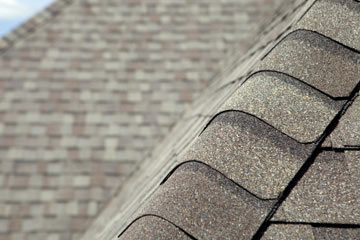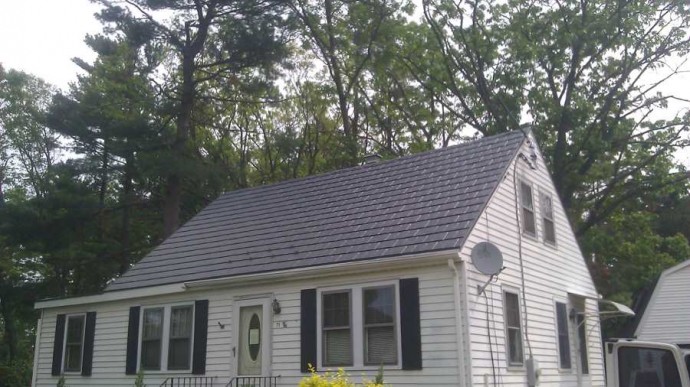Metal roofs are becoming an increasingly popular option among homeowners. They look great, add value to your home, and last considerably longer than the alternatives. They also do a better job of reflecting sunlight, so you save money on cooling costs compared to an asphalt roof.

When you account for the reduced energy bills and longer lifespan, metal roofs are rightly considered a good investment. A typical asphalt roof will last somewhere between 12 and 20 years. A typical metal roof will last somewhere between 40 and 60 years. In the best-case scenario, you can expect your metal roof to last five times longer. When you are comparing the costs, it’s best to assume that the roof will last somewhere between 2–3 times more. Even with this conservative estimate, the benefits are clear.

Replacing your roof is a complicated job. Roofers are able to complete the work with much less hassle than people expect, but it’s still a costly and draining activity for the homeowner. When you opt for a metal roof, roofers need to come around to your home every 50 years. Meanwhile, those with an asphalt roof will have 2 to 3 new roofs fitted during this time. That is why, for those who value their time, a metal roof is often the best option. This applies to Bellevue roofing replacements and roofing replacements all across America.
People often ask whether metal roofs are noisier during rain, but this is nothing to worry about. When you install solid sheathing, as is customary with metal roofs, you will hear even less or the same as you would with asphalt.
One of the great benefits of metal roofs is the way they withstand even the harshest of weather. According to The Metal Roofing Alliance, metal roofs can withstand winds of up to 140 mph, making them highly resilient:
“A metal roof can withstand decades of abuse from extreme weather like high winds, heavy snow, hailstorms, and even wildfires. Metal roofing has a 140-mph wind rating, meaning it can withstand wind gusts up to 140 miles per hour. Under high wind conditions, says architect Jim Mitchell, ‘Metal roofing systems have wind resistance and uplift resistance that is above the new building code requirement. That gives us a sense of relief in that we can use the best material to meet those criteria.’”
As people become more and more concerned about the environment, metal roofs are becoming more and more popular. Around 30% of a metal roof is made from recyclable material, and much less of your roof will end up in landfill. Metal roofs can also be placed over the top of your current roof, which is another way you make a better contribution toward the environment. When a new asphalt roof is fitted, the old one has to be removed, and everything goes to landfill. In your case, your new roof will be made from partially recycled materials and your old roof can stay where it is. This leads to a huge environmental saving that can make a real difference.

